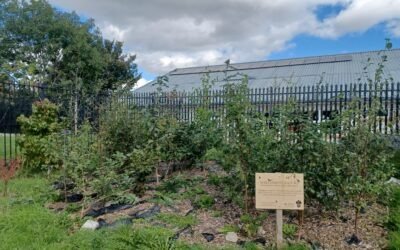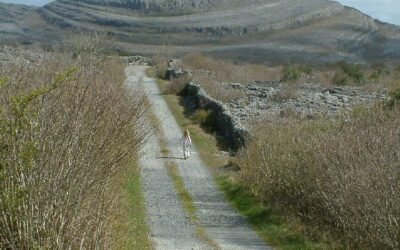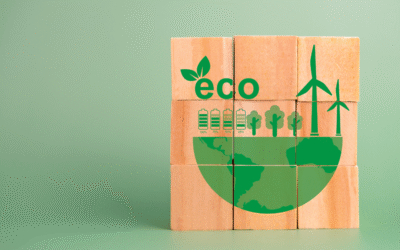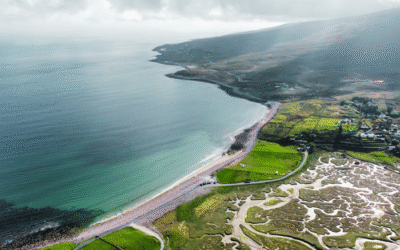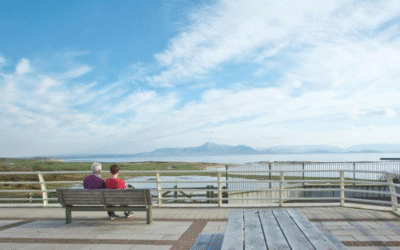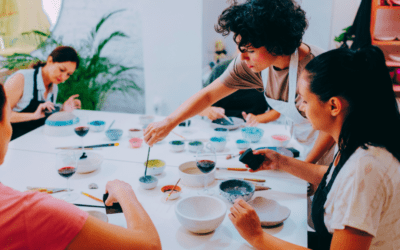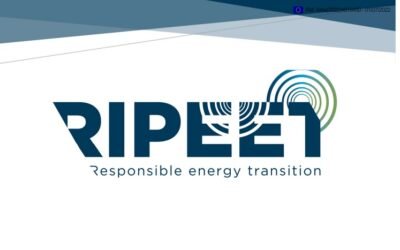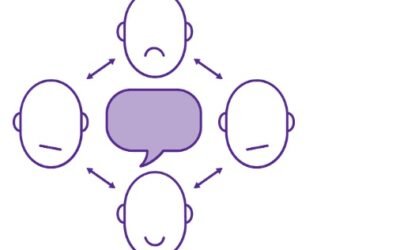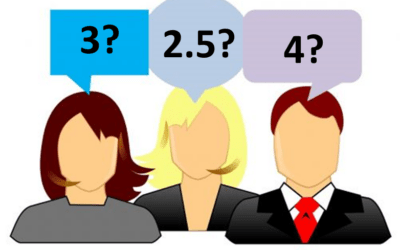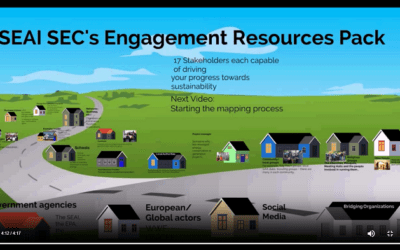Pocket Forests works on restoring biodiversity, soil health, and community connection by making small, dense plantings of native trees and shrubs in built up areas. They use the ideas from the Miyawaki or “Tiny Forest” approach. They also use permaculture to make richer and healthier soil that has become poor by being neglected. Since 2020, more than 100 pocket forests have been planted around Ireland. More than 1,500 people of all ages have taken part in workshops planting and other actions.
Engagement and Communication
Burrenbeo Trust
Set up as a charity in 2008, Burrenbeo Trust is a non-profit organisation that connects all of us to our places and our role in caring for them. Based in the Burren, Burrenbeo Trust works to raise awareness of the importance of the Burren, and to encourage local communities to act as carers of its priceless heritage. Building on lessons learned over the past twenty years, Burrenbeo also supports ‘place-based learning’ across Ireland as a way that communities can learn more about their place and their role in actively caring for it.
From Small Wins to a Community Energy Pipeline: GreenPlan Mulranny (Case Study)
GreenPlan Mulranny turned a volunteer-run tourist office into a public “green hub” for the whole village—swapping bulbs, cutting bills, refilling water bottles, charging e-bikes from solar, and showing live energy on a screen. Those visible, low-cost actions grew into a community energy pipeline (Sustainable Energy Community → Energy Master Plan → Building Energy Ratings → Retrofits) and helped set the stage for Mulranny’s Decarbonising Zone.
Mulranny 2030: From Climate Action Hub to UNESCO Biosphere (Case Study)
Once a pass-through village on the Wild Atlantic Way, Mulranny has reinvented itself as a hub for climate action and participatory governance. Building on its Decarbonising Zone plan and a decade of community-led innovation, the village is now aiming for its boldest move yet: joining UNESCO’s global network of Biosphere Reserves.
Mulranny Community Futures & Promenade (Case Study)
A Scottish-style, household-led consultation gave Mulranny a clear, shared brief: footpaths, safer crossings, and a seafront civic space. With a Village Design Statement (2012) to turn that mandate into drawings, the community and council delivered continuous footpaths, traffic calming, and the Mulranny Promenade—even during austerity—shifting the N59 corridor from car-dominated to people-first and setting the stage for later climate actions.
Creative Climate Action: Art and Sustainability in Westside (Case Study)
Westside Resource Centre’s community-led projects bring creativity and climate action together to engage residents in meaningful ways. Projects like “Painting the Planet” and “The Air We Share” use art and science to make sustainability understandable, start conversations about environmental issues, and strengthen community connections. Read the full case study to learn more about this work and what they are able to do.
RIPEET Transition Labs Handbook
The handbook digs deeper into the ‘Transition Lab’ approach for energy transitions. It shows a clearly well set out approach on how to set up, and run sustainability meetings.
The Sketch Game: discovering your team’s diversity
A drawing exercise that shows us how we can have different ideas and views on various subjects and/or goals. This shows how people come from different cultures and have their own views and ideas. It helps show that we all are equal and need respect.
Idea Evaluation and Selection
This is a tool which helps a group in a meeting decide what tasks are most important for them. It also helps them choose what path, ouf many choices, to follow in their work.
Stakeholder Mapping
The people, usually outside your group, that you will work with, are called ‘stakeholders’ These also usually work to improve community sustainability. They can be in local government or international organizations. But they can also be local groups or even just be local people with important skills.

